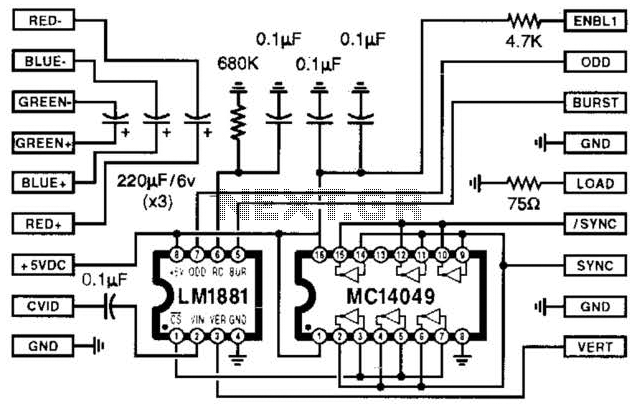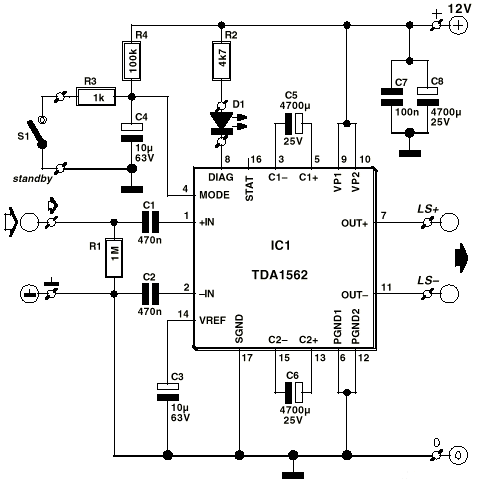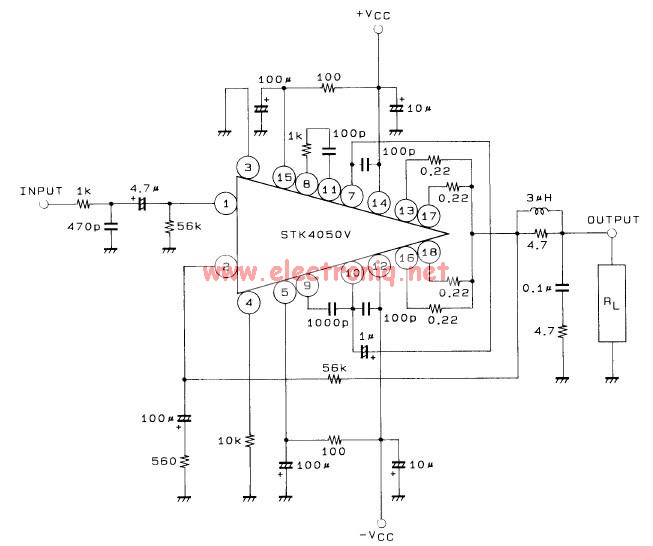
Video Fader Circuit

Using two LT1228 transconductance amplifiers in front of a current feedback amplifier creates a video fader. The ratio of the set currents into pin 5 determines the ratio of the inputs at the output.
The proposed circuit utilizes two LT1228 transconductance amplifiers, which are configured to operate in a manner that allows for precise control over the video signal levels. The LT1228 is known for its high-speed performance and low distortion, making it suitable for video applications. In this configuration, both amplifiers are connected in such a way that they modulate the current flowing into a subsequent current feedback amplifier.
The operation of the video fader relies on the principle of current summation at the output. Each LT1228 amplifier receives an input signal, and the gain of each amplifier can be adjusted by varying the currents fed into pin 5. This pin is critical as it sets the transconductance of the amplifier, thereby controlling the output current proportional to the input voltage. By manipulating these set currents, the user can achieve a desired ratio of the input signals, effectively fading one video signal into another.
The current feedback amplifier then combines these outputs, providing a final video signal that reflects the desired blend of the two input signals. The design allows for smooth transitions between video sources, making it ideal for applications in video production and broadcasting where seamless switching is required. The circuit can be further enhanced with additional components, such as filters or buffers, to optimize performance based on specific application needs.
Overall, this configuration of LT1228 amplifiers and a current feedback amplifier presents a robust solution for implementing a video fader, ensuring high fidelity and responsiveness in video signal processing. Using two LT1228 transconductance amplifiers in front of a current feedback amplifier forms a video fader. The ratio of the set currents into pin 5 determines the ratio of the inputs at the output.
The proposed circuit utilizes two LT1228 transconductance amplifiers, which are configured to operate in a manner that allows for precise control over the video signal levels. The LT1228 is known for its high-speed performance and low distortion, making it suitable for video applications. In this configuration, both amplifiers are connected in such a way that they modulate the current flowing into a subsequent current feedback amplifier.
The operation of the video fader relies on the principle of current summation at the output. Each LT1228 amplifier receives an input signal, and the gain of each amplifier can be adjusted by varying the currents fed into pin 5. This pin is critical as it sets the transconductance of the amplifier, thereby controlling the output current proportional to the input voltage. By manipulating these set currents, the user can achieve a desired ratio of the input signals, effectively fading one video signal into another.
The current feedback amplifier then combines these outputs, providing a final video signal that reflects the desired blend of the two input signals. The design allows for smooth transitions between video sources, making it ideal for applications in video production and broadcasting where seamless switching is required. The circuit can be further enhanced with additional components, such as filters or buffers, to optimize performance based on specific application needs.
Overall, this configuration of LT1228 amplifiers and a current feedback amplifier presents a robust solution for implementing a video fader, ensuring high fidelity and responsiveness in video signal processing. Using two LT1228 transconductance amplifiers in front of a current feedback amplifier forms a video fader. The ratio of the set currents into pin 5 determines the ratio of the inputs at the output.





